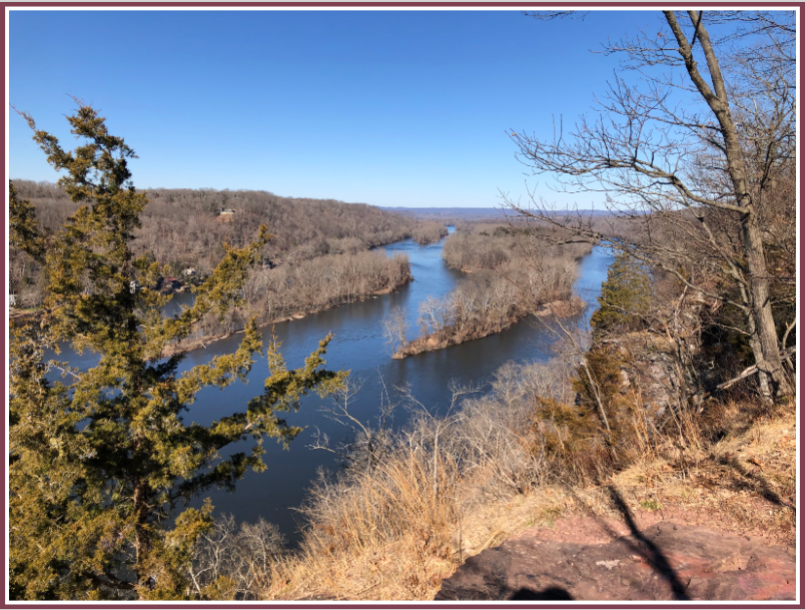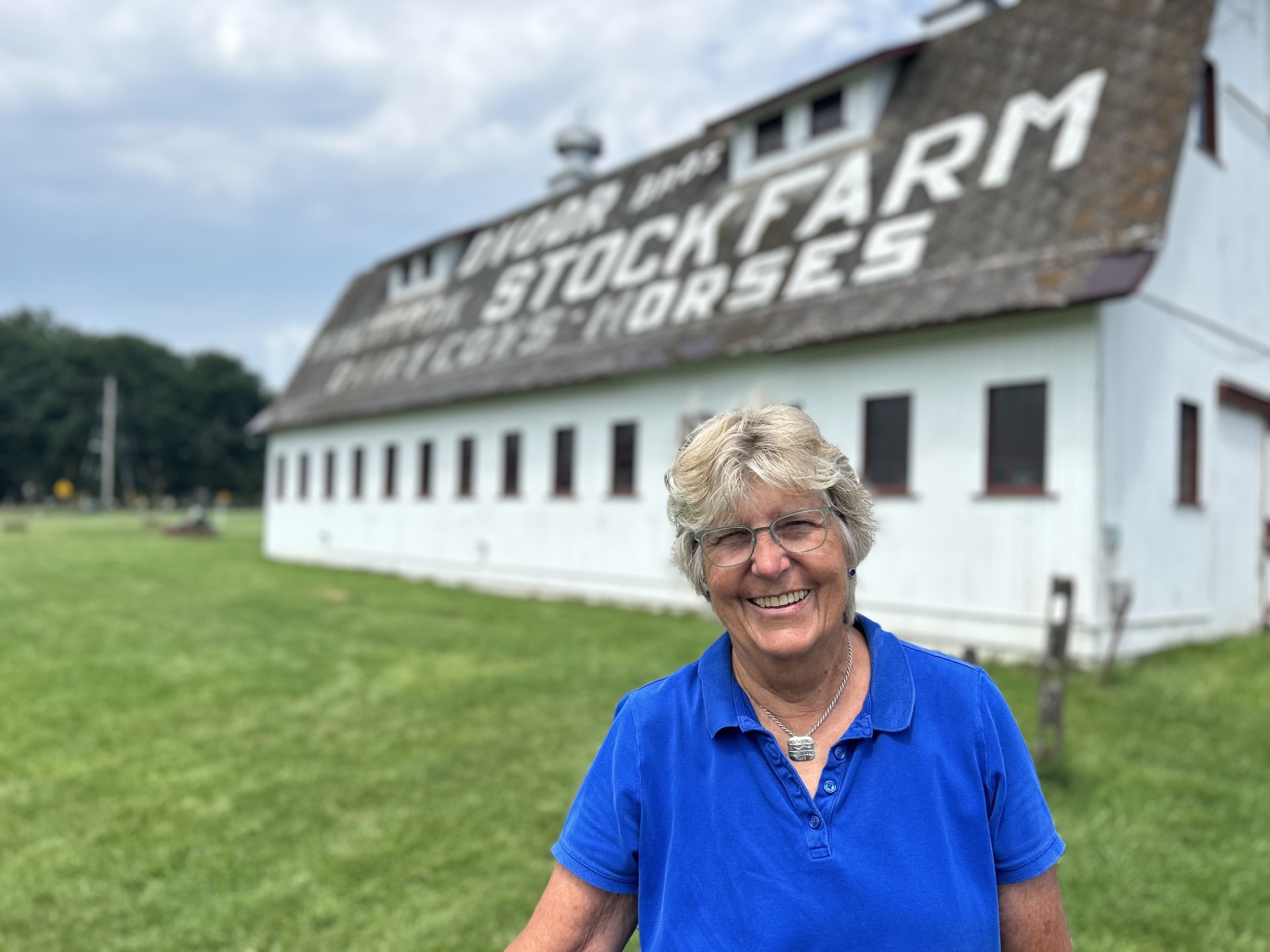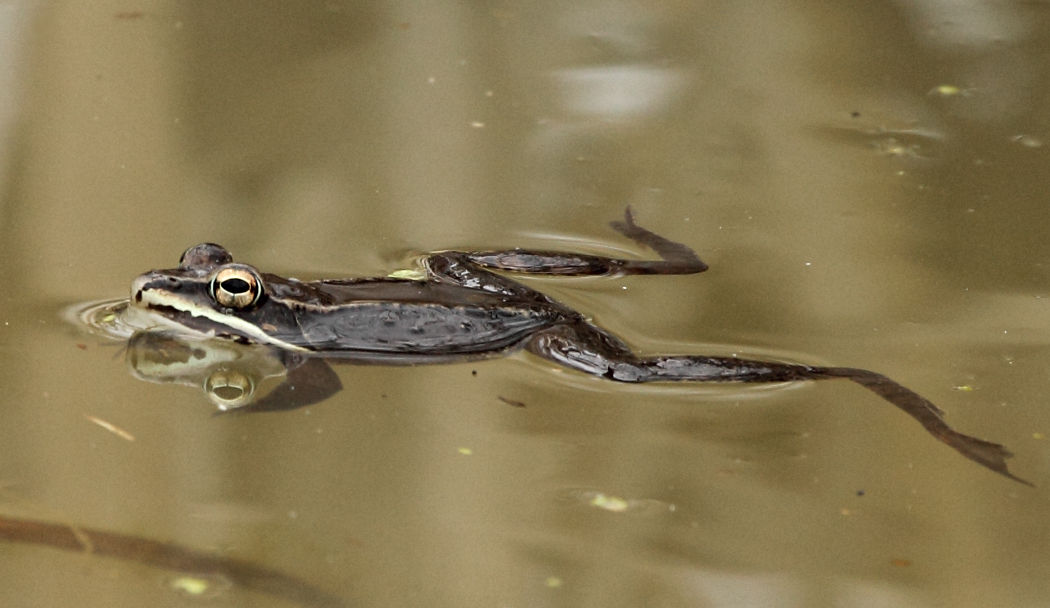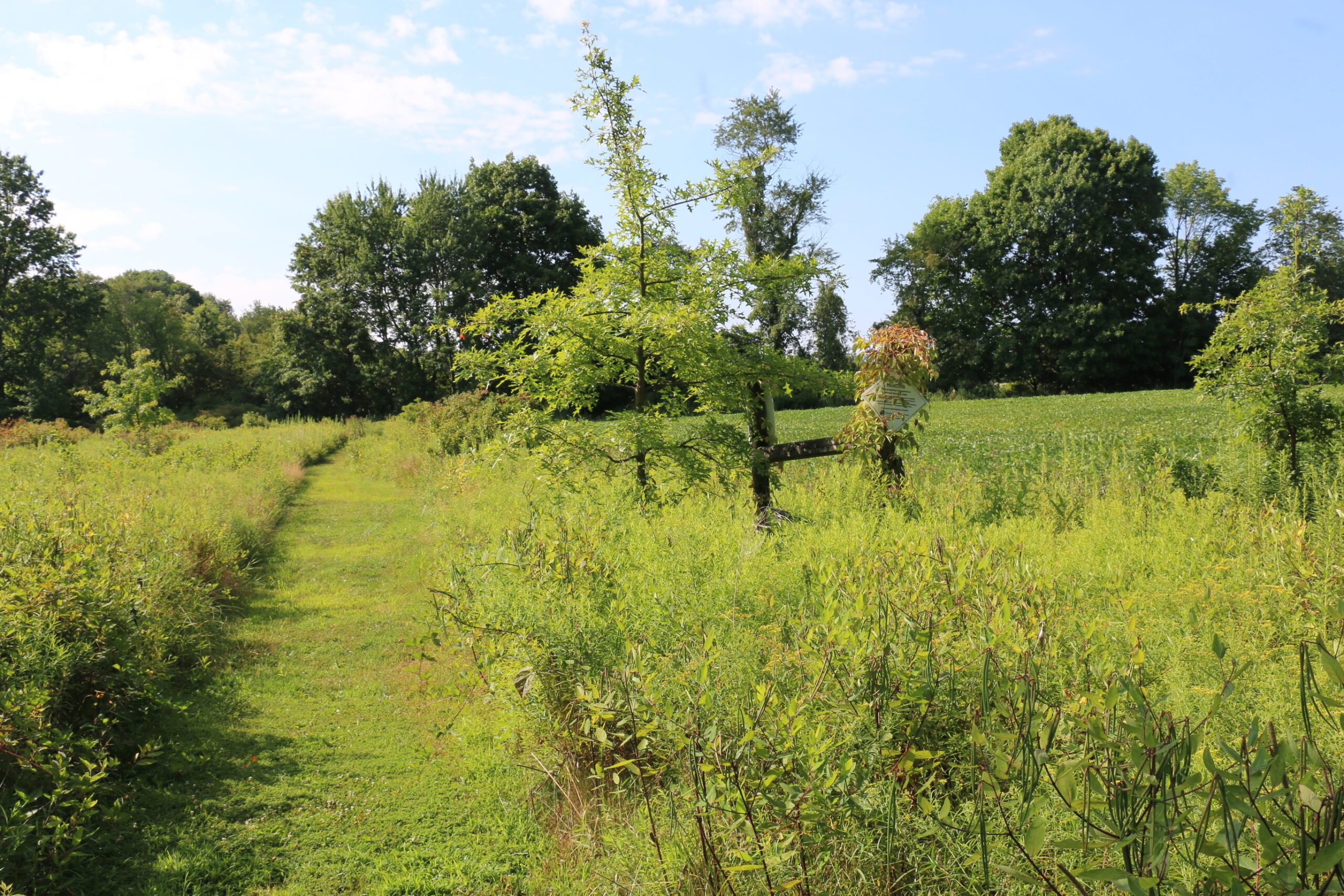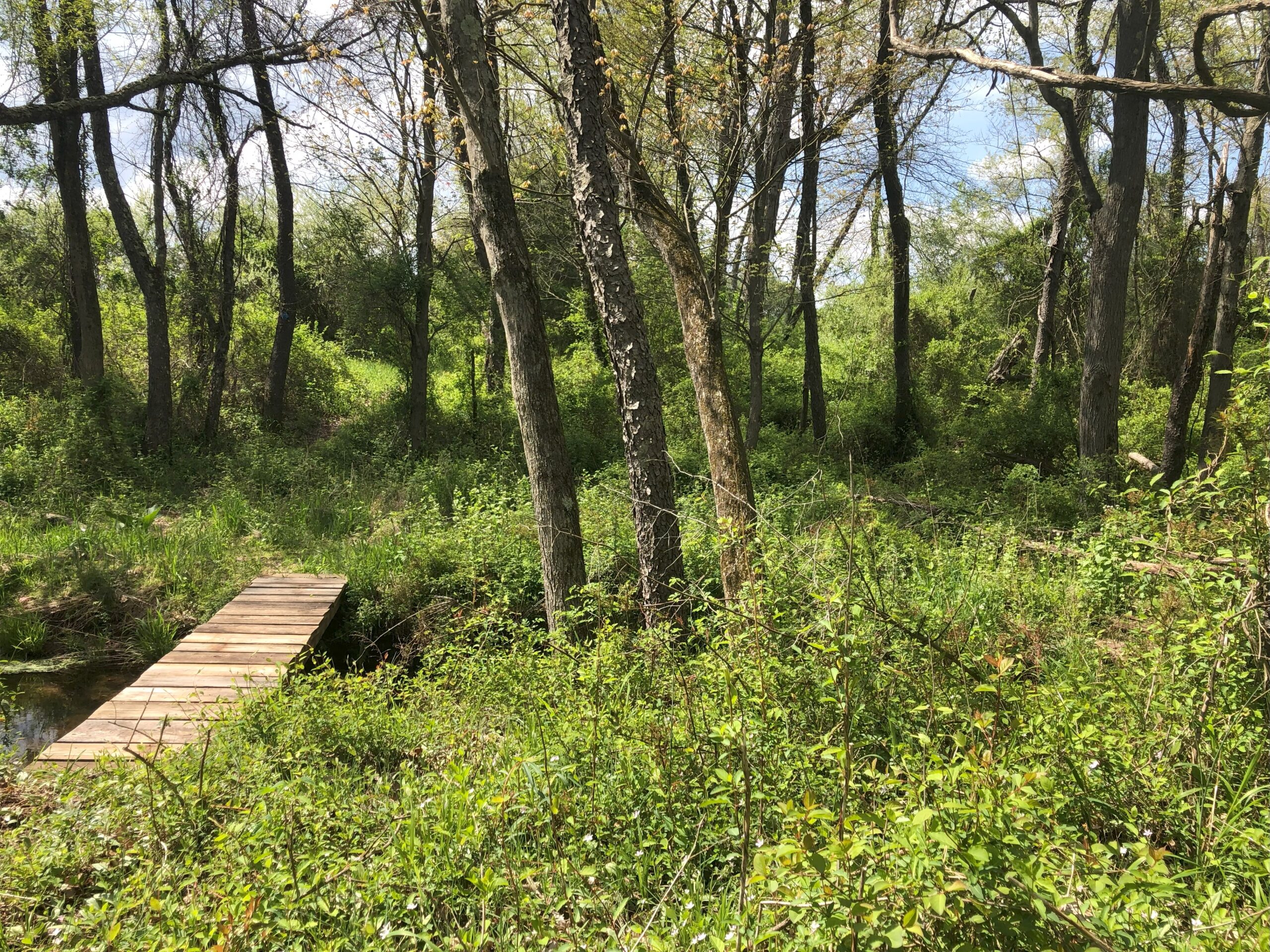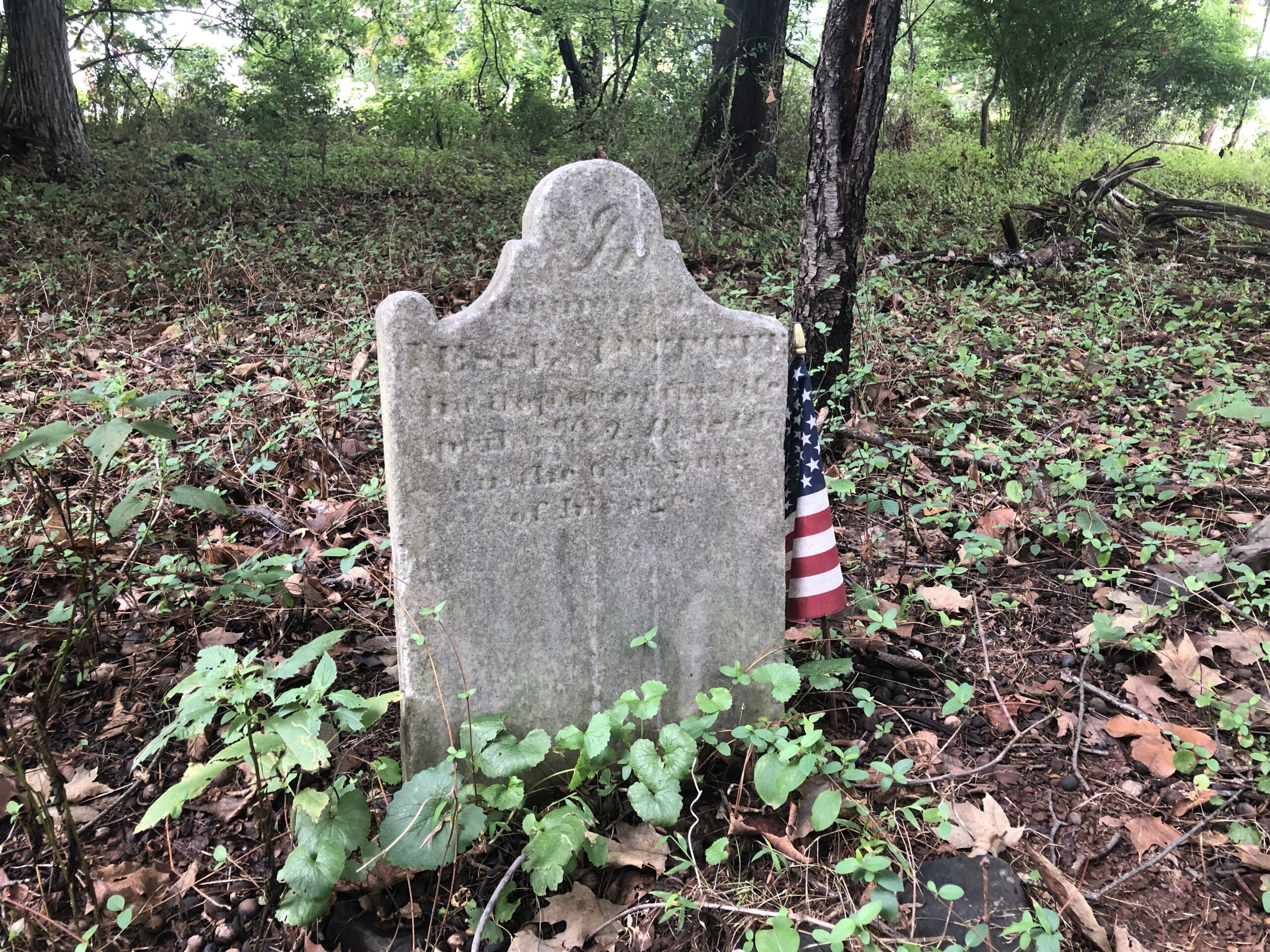Skip to content
A National Success Story: Delaware Named ‘River of the Year
Seventy-five years ago the Delaware River was dying.
Choked with sewage and industrial pollution, the river’s smell sickened those brave enough to stand upon its banks. Sections of the river had become dead zones, unable to support fish and other aquatic life.
But times have changed. Through a combination of federal safeguards, state action and local initiatives, the quality of the Delaware River has improved dramatically, and fish now swim in abundance in its waters. Bald eagles and other wildlife thrive along its banks.
The river is cleaner than it has been for decades, and this revitalization recently spurred the environmental advocacy group American Rivers to name the Delaware its “River of the Year” for 2020, proclaiming it “a national success story.”
Many organizations played key roles in helping write this success story. Among them is the nonprofit Hunterdon Land Trust, which strategically targets not only land preservation adjacent to the river, but also works to protect the tributaries that feed directly into the Delaware River. These include the Hakihokake, Nishisakawick, Lockatong, Alexauken, and the Wickecheoke creeks. Protecting these stream corridors and adjoining wetlands are vital in ensuring water quality and directly leads to the outcomes we are now seeing in the Delaware River.
“This resurgence is significant for so many reasons,” said HLT Executive Director Patricia Ruby. “Foremost, the river provides clean drinking water for more than 15 million people. It is an important ecosystem that also offers recreational opportunities to anglers, birders, boaters bikers and hikers. These activities attract tourists nationwide, supporting our local economy. The river, in essence, is our lifeblood and a vital part of our cultural and historic identity.”
This significance has compelled HLT throughout its existence to focus on protecting acres in the Delaware River watershed. Frenchtown Preserve, Kugler Woods, Horseshoe Bend Preserve, Holland Highlands, Zega Preserve, Musconetcong Mountain Preserve, the Goeckeler Farm, the Dalrymple Farm and the Charlie Brown Christmas Tree Farm are a sampling of some of those preservation efforts.
“It is rewarding to see that the Delaware River is being recognized for its water quality,” said Land Acquisition Director Jacqueline Middleton. “However, this is not a result we are seeing by luck or by chance. Hunterdon Land Trust focuses much of its efforts in protecting the tributaries that feed directly into the river and it is vital that these stream corridors and adjoining wetlands continue to be preserved. The work is not over if we want to see the Delaware River continue to thrive.”
—–
A River Revitalized
It stretches for 330 miles, starting as two branches in the Catskill Mountains before merging in Hancock, New York. Though its depth varies greatly, its deepest point – 113 feet – can be found at Big Eddy in Narrowsburg, NY.
Native Americans called it the Lenape Wihittuck, the “river of the Lenape.” The English named it “Delaware” to honor Thomas West, 3rd Baron De La Warr (1577–1618), who served as governor of the Jamestown Colony in Virginia.
Within a century, the colonial population exploded from roughly 2,000 to 2.5 million, and cities like Philadelphia, Camden and Trenton sprang from its river banks.
The river shielded George Washington’s troops from the pursuing British Army, which chased the Continentals across the Garden State until it could fight another day. In 1791, anthracite was discovered by a hunter atop Pisgah Ridge, and within a year the Lehigh Coal Mining Company was formed and began shipping coal to Philadelphia via the Lehigh and Delaware rivers. The Delaware’s two lower tributaries – the Lehigh and the Schuylkill – turned black from unregulated coal mining. Timber cutting and tanneries were among the ventures that stripped the river of its natural beauty and dumped waste into the river.
“In America’s infancy, the rapid growth along the Delaware threatened the nature of the waterway, spewing out sewage and industrial waste that soured the river, causing sickness and a decline of its fish. It became apparent that the way to ruin a river is to build a city along its banks,” notes Lee Hartman, in his book The Delaware River Story.
Concerns about the river’s deteriorating condition dates to at least the late 1800s. For instance, a front page Camden Morning Post article spotlights a letter prodding the city’s Board of Trade to do something about the abundance of refuse being dumped in the river.
But not much was done. From the late 1880s to early 1900s, shad were plentiful in the Delaware River with about 16 million getting caught each spring. In a shocking reversal, by the 1920s pollution and overfishing had nearly destroyed the shad population. Cities were dumping sewage directly into the river, and the bacteria in that sewage gobbled up all of the oxygen in the water, leaving little to none for fish and aquatic life.
Rumblings about the damaged Delaware can be gleaned throughout news accounts of the 1940s and 1950s. On one hand, a U.S. navy pilot claimed he could smell the river from 5,000 feet in the air; British and Russian sailors docked there said they couldn’t eat their meals without gagging because the stench was so bad. Meanwhile, the commandant of the Fourth Naval District and the Philadelphia Navy Yard blasted Philadelphia and Camden in 1945, threatening to pull postwar business if the river’s condition wasn’t improved.
Change was in the air. In 1961, President John F. Kennedy signed the Delaware River Basin Compact creating the Delaware River Basin Commission, the first organization to address river planning and regulation. Within the decade, the Clean Air and Clean Water acts would pass. Congress also passed the Wild and Scenic Rivers Act with the goal of protecting the free-flowing condition of rivers. President Richard Nixon signed a bill establishing the Environmental Protection Agency.
The tide continued to turn as momentum gathered to clean the river. In 2000, the Lower Delaware was designated a Wild and Scenic River and since that time, the National Park Service’s Lower Delaware Wild and Scenic Program has aimed to protect the natural, historic and recreational resources of this important stretch of the river.
The Delaware River is cleaner today as evidenced by this River of the Year designation. But still runoff pollution, sewage, microplastics and other contaminants pose threats to the river. We all must continue to do our part to protect this valuable and iconic river.
Hunterdon Land Trust continues to work to protect land near the river and its tributaries. It also raises awareness about the cultural importance of the river with its Historic Delaware River Series. Although we’re not sure what the future holds with Covid-19, HLT has three summer programs scheduled about the river:
-
June 28, 11:30 a.m. Ten Crucial Days with Larry Kidder: Our popular program series kicks off with a gripping account of George Washington leading his winter patriots across the ice-choked Delaware River to attack Hessian troops in Trenton. Kidder is the author of Ten Crucial Days: Washington’s Vision for Victory Unfolds.
-
July 26, 11:30 a.m. Before Penn: A History of the Delaware River Colonies with Hal Taylor: The story of the struggle between the most powerful nations of Europe for control of the Delaware River Valley’s rich resources.
-
Sept. 13, 2 p.m. Frenchtown Walking Tour with Rick Epstein: A fascinating look at this town’s early settlement and the importance of the Delaware River. Free, but register in advance to learn the tour’s starting point.
These programs are sponsored by the National Park Service’s Lower Delaware Wild and Scenic Program.
We also encourage you to assist with these efforts on a local level by supporting Hunterdon Land Trust. Together, we can ensure we all enjoy the benefits the river has to offer.
Share This Story, Choose Your Platform!

